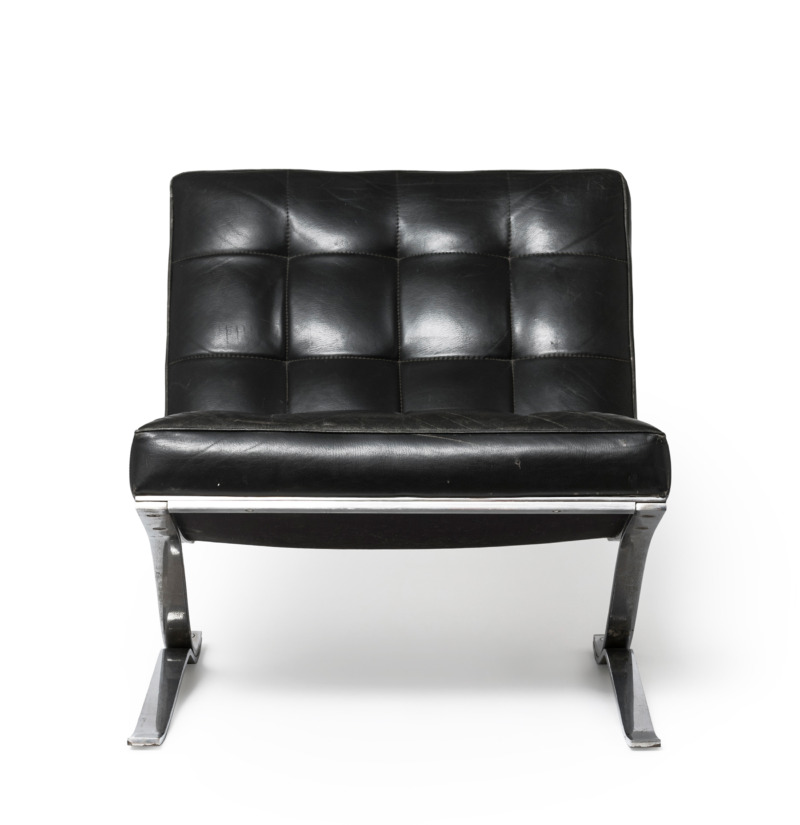The so called “Tintenzeug” was designed by Wolfgang von Wersin in 1923.
In its plainness and its limitation to only a few decorative elements, it meets the expectations of formalist design. This is why it has been chosen for the 1924 exhibition of the German Werkbund “Die Form ohne Ornament” and is further counted among objects within the context of decorative arts. These ink jars were manufactured from casted and polished brass by the metalware factory Erhard und Söhne located in Schwäbisch Gmünd.
Wolfgang von Wersin studied painting from 1902 until 1905 under the guidance of Jugendstil artist Hermann Obrist at the Lehr- und Versuchs-Atelier für angewandte und freie Kunst (experimental teaching atelier for applied and fine arts) in Munich.
Wersin slightly distanced himself from the Bauhaus movement, even though he was interested in “Eternal Forms”, as was the title of his 1930 exhibition at the Münchner Neue Sammlung. The objects he designed appear reticent and elegant. The Werkbund-motto “Modern but not modish” applies to the works of Wersin as well—they reflect the historical development from decorative arts within Jugendstil towards formalist industrial design.
Wersin worked as a curator as well as an artist and partook in the foundation of the Upper Austrian Werkbund in 1946 of which he remained president until his death.

